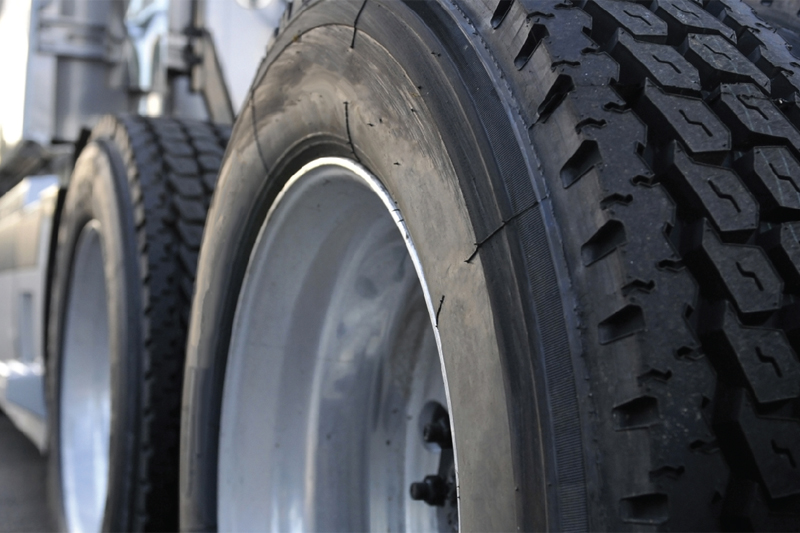
The Goodyear Sustainable Reality Survey revealed that 61% of UK fleets have put formalised sustainability objectives in place. But what do you need to look out for to ensure you’re maximising your environmental efficiency?
As the only point of contact between the vehicle and the road, the rolling resistance of a truck’s tyres contributes between 20-35% to its fuel consumption. By keeping the rolling resistance of their tyres as low as possible, hauliers can directly impact a vehicle’s fuel efficiency and greenhouse gas emissions.
For instance, improving the rolling resistance of a tractor tyre by switching from a C to a B EU Tyre Label for fuel efficiency will reduce the truck CO2 emission by 2-3%. A reduction of 2% in CO2 translates into a saving of about 1 tonne CO2 emissions and 400L of fuel per truck, per year.
If a 100-vehicle fleet switches from a Clabel to a fuel-efficient B-label tyre like FuelMax Endurance this would represent a potential saving of 100 tonnes of CO2 emissions and 40,000 litres of fuel, per year.
Here are just some of the factors than can influence your fleets efficiency, and how to make sure you’re getting the most out of them:
Tyre pressure
When in use, maintaining the correct pressure is crucial to ensuring that the tyre’s optimal rolling resistance is maintained. Ultimately, trucks with under-inflated tyres will consume more fuel and their tread will wear down more quickly, meaning that they are more expensive and less sustainable to run, and will even need to be replaced sooner than those that are properly maintained.
It can be tempting to overlook tyre pressure maintenance, purely because of the amount of time that it can take. However, smart solutions such as Goodyear’s Tyre Pressure Monitoring System (TPMS) and Drive-Over Reader (DOR) can be helpful in this regard, not only allowing fleets to keep a constant eye on their tyre pressures but also save a huge amount of time. But by using the DOR, a customer who struggled before to find time for tyre pressure maintenance told us that they were able to monitor all 50 of their vehicles within an hour.
Right tyres, right places
There are very good reasons for steer, drive, and trailer axles to be fitted with different tyres. In the case of a fully loaded truck, each individual tyre may be carrying multiple tonnes. With each axle performing a different function, it makes a great deal of sense when carrying so much weight that the tyres fitted to those axles should also be designed with different purposes in mind.
Having the correct tyre fitted to each axle not only offers safety benefits though, but performance too. Improving fuel efficiency is ultimately about improving grip and reducing drag. If a fleet operator fits tyres to the wrong axles, and effectively tries to use them in a way for which they aren’t designed, they can’t expect those tyres to function at their best.
Wheel alignment
The impact of wheel alignment on fuel efficiency is difficult to measure, as there are many factors, such as aerodynamics and variance of hooking the trailer, that can have a significant impact.
However, we do know that for a vehicle’s alignment to not follow the manufacturer’s specs can affect tyre wear, as side forces and slip will influence the contact that the tyre has with the road. With that in mind, the objective should always be to have the wheels roll parallel and in a straight line, in order to minimise friction and ensure that there is the correct amount of pressure on the tyre.








